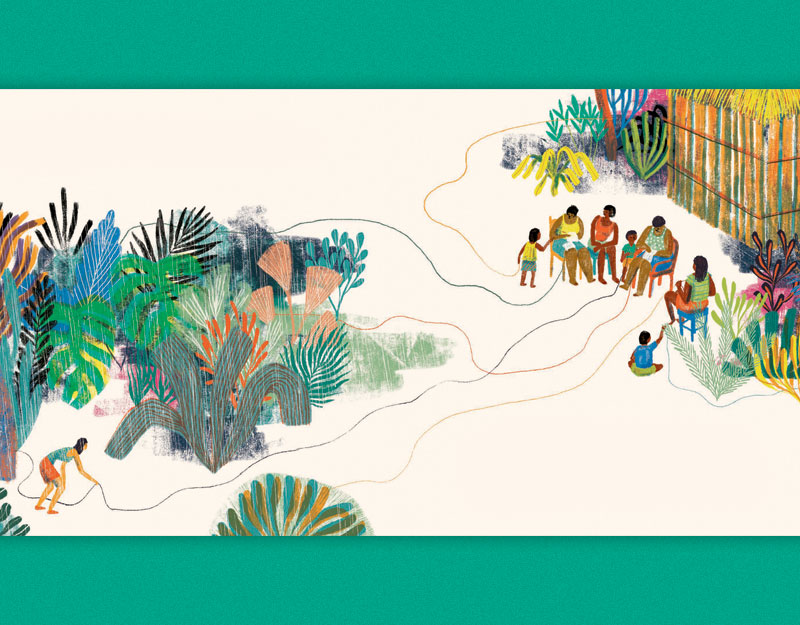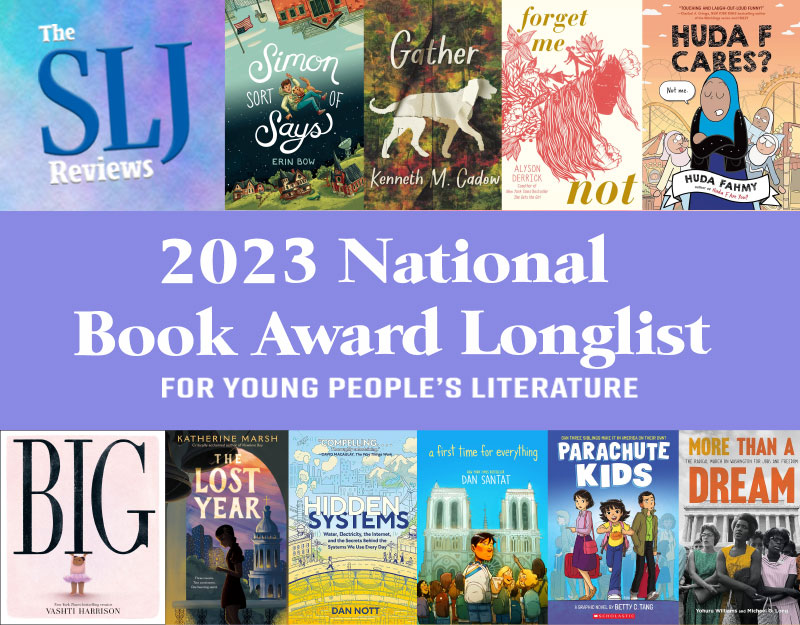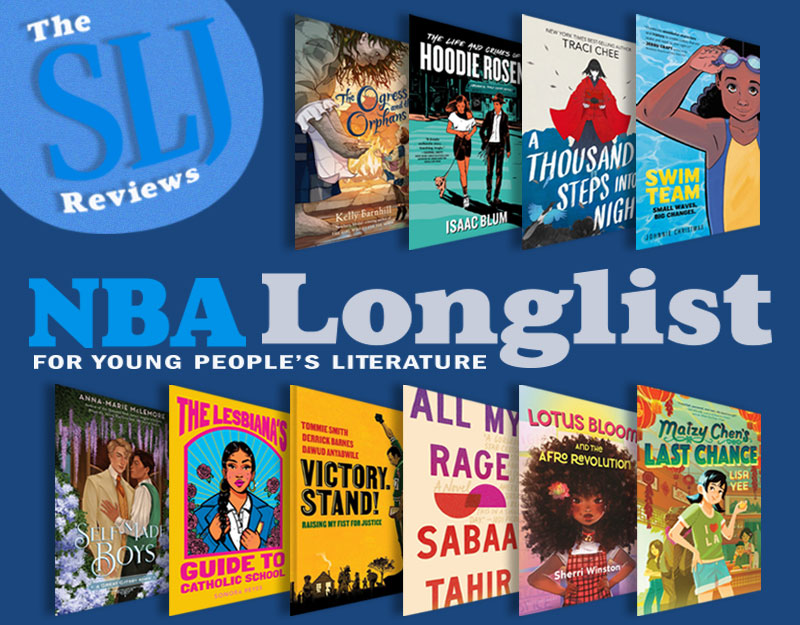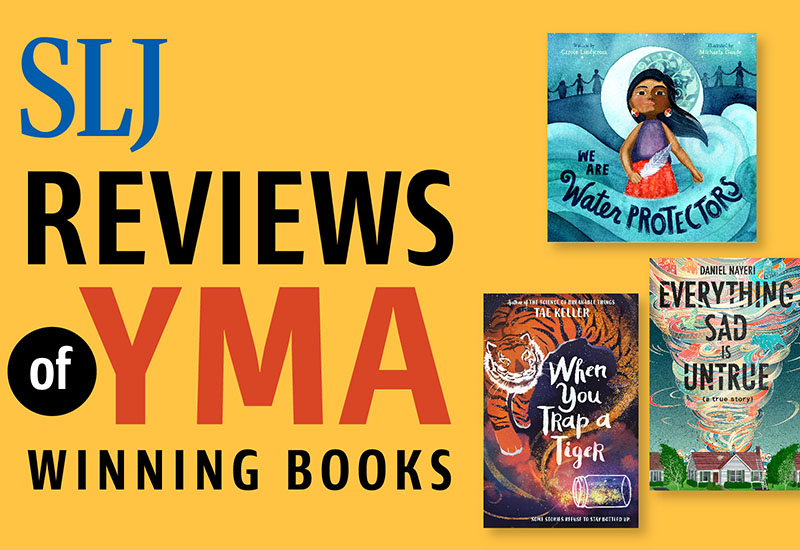Rodent Rascals: From Tiny to Tremendous – 21 Creatures at Their Actual Size
 Rodent Rascals: From Tiny to Tremendous – 21 Clever Creatures at Their Actual Size
Rodent Rascals: From Tiny to Tremendous – 21 Clever Creatures at Their Actual Size
Written and Illustrated by Roxie Munro
Published in 2018 by Holiday House
ISBN 978-0-8234-3860-0
Grades PreK-6
Book Review
A superhero rat who can scale buildings and chew through cement; a capybara as a seeing-eye guide animal; rats trained to detect landmines and Tuberculosis – these fascinating rodents and 18 more are the subject of author/illustrator Roxie Munro’s latest picture book. Opening with an introduction that will make many readers squirm, Munro defines the classification: “A rodent is a mammal with a single pair of teeth called incisors in both the upper and lower jaw.” Elaborating on their variety (lifestyles, size, location and characteristics), she makes the claim that rodents improve the quality of human life. They have served as research tools, sources of fur, pets, and even food! Monroe then presents 21 rodents, using short expository text segments to describe interesting characteristics and unique behaviors. To bring this array of rats, squirrels, mice, guinea pigs, capybaras, etc. to life, Munro depicts the rodents at their actual size (perhaps taking a cue from Steve Jenkins’s innovative book Actual Size). Rendered in ink and acrylic, the animals inhabit white space on the page. Some, like the groundhog and the African giant pouched rat exceed the boundaries of the trim size and thus, span a page turn. Munro’s helpful back matter includes specific size information for each featured rodent along with supplemental facts. Readers will appreciate the glossary, sources, and recommended websites. Equally cute, cringe-worthy, and curiosity-inspiring, this title won’t stay long on your shelves. Excellent for units on animal characteristics and as a model for expository writing, Rodent Rascals will entertain and inform.
Teaching Ideas: Invitations for Your Classroom
Grades PreK – 6
Rodent Size Comparisons. Using the size ranges for these rodents that are found in the back matter (presented in both inches and centimeters), students can draw life size images of the animals, using Munro’s drawings and photographs from other texts or the internet. When the drawings are completed, students can create a bulletin board display in the classroom or school hallway, lining up the animals in size order. To extend this activity, students can further research these animals and others, adding expository text to their bulletin board display.
ADVERTISEMENT
ADVERTISEMENT
Text Set: Animal Sizes. Rodent Rascals fits well in a text set that focuses on animal sizes. Read it along with books such as: Just the Right Size: Why Big Animals are Big and Little Animals are Little; Actual Size; and Prehistoric Actual Size and online resources such as National Geographic: Sizing Up the World’s Largest and Smallest Animals, and National Geographic: See Which Animals Have the Most Enormous – and Tiniest Babies. For each text ask students to notice: how size is described; how sizes are compared across different animals; what roles illustrations play in conveying size; and how back matter is used by the author. Noting the similarities and differences across texts will prompt students to reflect on choices made by the authors and illustrators. These texts can serve as models for students’ expository writing.
Rodent Pets. After reading Rodent Rascals, explore what it is like to keep a rodent as a pet. You may have students in your class who keep a hamster, guinea pig, mouse, or a rat as a pet. If no student in your class does, it is likely that you will be able to locate a member of your school community who does. Invite pet owner and the pet in for a visit to your classroom (if possible, invite more than one rodent pet owner). Students should prepare for the visit in advance, developing a list of questions that they have about keeping a rodent as a pet. Consider inviting a representative from your local humane society to visit your class as well. To capture their learning, students can compose and illustrate their own text describing proper rodent care. The links provided in the back matter of Rodent Rascals will be helpful in this process. They are included in the Further Explorations section below. The student created text might be a class big book, individual books, or a digital publication.
Grades 2 – 6
Researching Rodents. The information included in this title is sure to pique students’ interest in these fascinating creatures. Gather a text set of print and digital resources that will allow students to research questions they have developed (see the Further Explorations section below for suggested resources). Students might work individually or in small groups. Students could reread what Munro has written about the rodent they have chosen and compose a second expository paragraph for each animal to share new information that they have learned. Alternatively or additionally, students could select a rodent not already included in the book to research, write about, and to illustrate actual size.
Rodent Characters. Once students have had an opportunity to learn more about rodent characteristics, behaviors, and habitats, invite students to consider representations of these animals in fiction for children. Depending on the ages of your students, you might read picture books such as Scaredy Squirrel, Hot Rod Hamster, and If You Give a Mouse Cookie, or novels, such as The World According to Humphrey, Stuart Little, Hamster Princess, Mrs. Frisby and the Rats of NIMH, The Infamous Ratsos, and The Mouse and the Motorcycle (consult with your local public or school library for additional recommendations). Consider using audiobooks to make the novels more accessible. As students read, ask them to make note of the ways that the rodents behave like rodents and the ways that they are given human behavior and characteristics. Invite your students to discuss why rodents are such popular characters in children’s literature. Ask students to consider how we might respond differently to rodents in different contexts (for example, running across our kitchen floor vs. as a fictional character living in a cozy home).
Adaptation Text Set. Rodent Rascals describes characteristics and features that support these rodents’ survival in their natural habitats. Include the book in a text set on adaptations along with titles such as: Bird Talk: What Birds are Saying and Why, Feathers, Not Just for Flying, and The Beetle Book. Study these nonfiction picture books to see how the authors of these texts use words, images, and text features to describe how these animals are uniquely adapted to their habitats.
Visual Literacy & Nonfiction Texts. In Rodent Rascals, Roxie Munro uses illustration in a unique way to convey the content she presents to her readers – she depicts the animals that she describes to scale – in actual size. Read Rodent Rascals along with other nonfiction texts that use visuals in innovative ways to develop students’ visual literacy skills and their understanding of the different roles that illustrations can play in nonfiction texts. Other strong examples to include are Jason Chin’s Grand Canyon and Fleming and Rohmann’s Giant Squid. These texts can serve as mentors as students compose and illustrate their own works of nonfiction. Roxie Munro is a member of INK Think Tank where she describes herself as a “Visual Thinker.” You and your students may enjoy her postings on Nonfiction Minute.
Critical Literacy
Grades 4-6
Animal Research. Older students may note in Munro’s introduction or have prior knowledge of the use of rodents in scientific research. Do a Duet Model reading with Darrin Lunde’s Dirty Rats to launch a discussion of why and how rodents are often used in experimental research. Arrange for a visit or a video conference with a scientist who uses rodents in her/his research. You may find that as you explore this topic, debate surfaces in your class as to whether animal experimentation is ethical. Use this as opportunity to discuss evidence based argumentation and respectful discourse. Work with your school or local public librarian to identify databases of resources that students can use to shape and to support their arguments for or against animal research.
Further Explorations
Online Resources
In addition to the resources below, please see the wonderful back matter in Rodent Rascals.
Interesting Nonfiction for Kids Think Tank
National Geographic: Sizing Up the World’s Largest and Smallest Animals
National Geographic: See Which Animals Have the Most Enormous – and Tiniest Babies
American Veterinary Medical Foundation: Selecting a Pet Rodent
Royal Society for the Prevention of Cruelty to Animals: Pet Rodents
The American Fancy Rat and Mouse Association
The National Mouse Club of Britain
The Punxsutawney Groundhog Club
The Mighty Mouse: The Impact of Rodents on Advances in Biomedical Research
Why We Use Rodents to Research the Brain
Books
Birney, B.G. (2004). The world according to Humphrey. New York. Putnams.
Chin, J. (2017). Grand Canyon. New York: Roaring Brook Press.
Clearly, B. (1965). The mouse and the motorcycle. New York: HarperCollins.
Davies, N. (2009). Just the right size: Why big animals are big and little animals are little. Somerville, MA; Candlewick.
Fleming, C. (2016). Giant squid. Ill.by E. Rohmann. New York: Roaring Brook Press.
Jenkins, S. (2012). The beetle book. Boston: Houghton Mifflin.
Jenkins, S. (2005). Prehistoric actual size. Boston: Houghton Mifflin.
Jenkins, S. (2004). Actual size. Boston: Houghton Mifflin.
Judge, L. (2012). Bird talk: What birds are saying and why. New York: Roaring Brook Press.
King-Smith, D. (1994). I love guinea pigs. Ill by A. Jeram. Somerville, MA. Candlewick Press.
LaReau, K. (2016). The infamous Ratsos. Ill. by M.Myers. Somerville, MA: Candlewick Press.
Lord, C. (2010). Hot Rod Hamster. Ill. by D. Anderson. New York: Scholastic.
Lunde, D. (2015). Dirty rats. Ill. by A. Gustavson. Cambridge, MA: Charlesbridge.
Numeroff, L.J. (1985). If you give a mouse a cookie. New York: Harper & Row.
O’Brien, R.C. (1971). Mrs. Frisby and the rats of NIMH. New York: Atheneum.
Stewart, M. (2014). Feathers, not just for flying. Ill. by S. Brannen. Cambridge, MA: Charlesbridge.
Tourville, A.D. (2009). Scurry and squeak: Bringing home a guinea pig. Ill. by A. Carter. Picture Window Books.
Watt, M. (2006). Scaredy squirrel. Kid Can Press.
White, E.B. (1973). Stuart Little. New York: Harper Trophy.
Filed under: Announcements, Nonfiction, Nonfiction Picture Books, Picture Books
About Erika Thulin Dawes
Erika is a professor of language and literacy at Lesley University. A former classroom teacher, reading specialist, and literacy supervisor, she now teaches courses in children’s literature, early literacy, and literacy methods. Erika is the co-author of Learning to Write with Purpose, Teaching with Text Sets, and Teaching to Complexity.
ADVERTISEMENT
ADVERTISEMENT
SLJ Blog Network
The Moral Dilemma of THE MONSTER AT THE END OF THIS BOOK
Cover Reveal and Q&A: The One and Only Googoosh with Azadeh Westergaard
K is in Trouble | Review
Parsing Religion in Public Schools
ADVERTISEMENT







